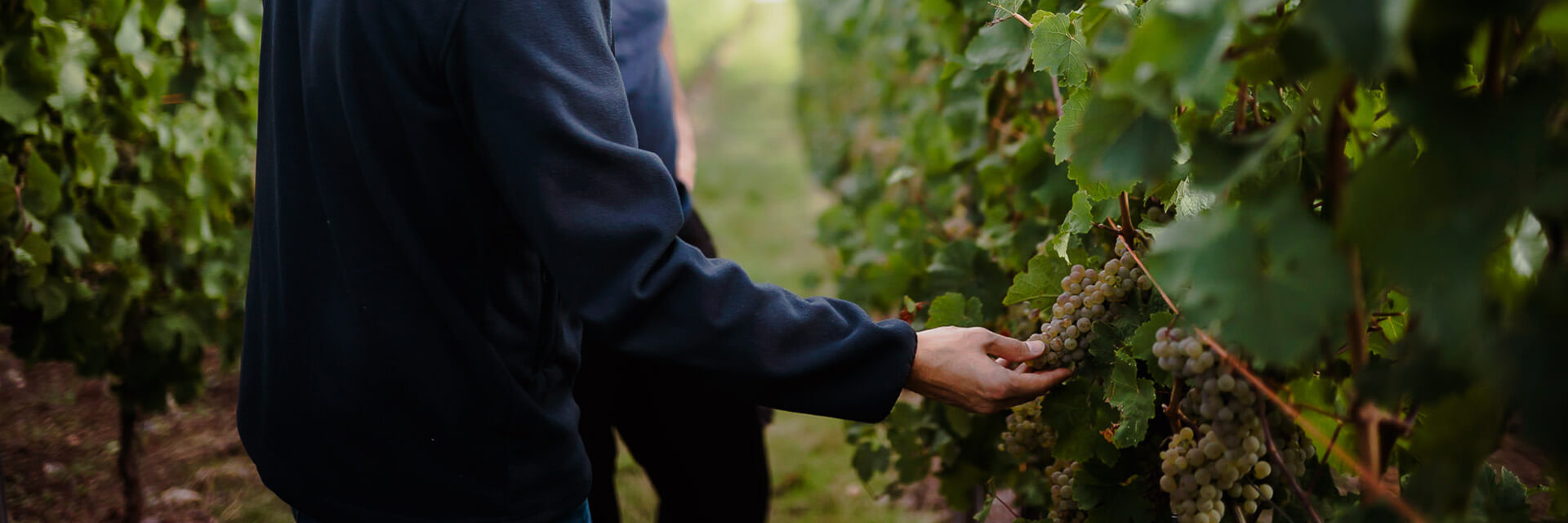
Winemaking
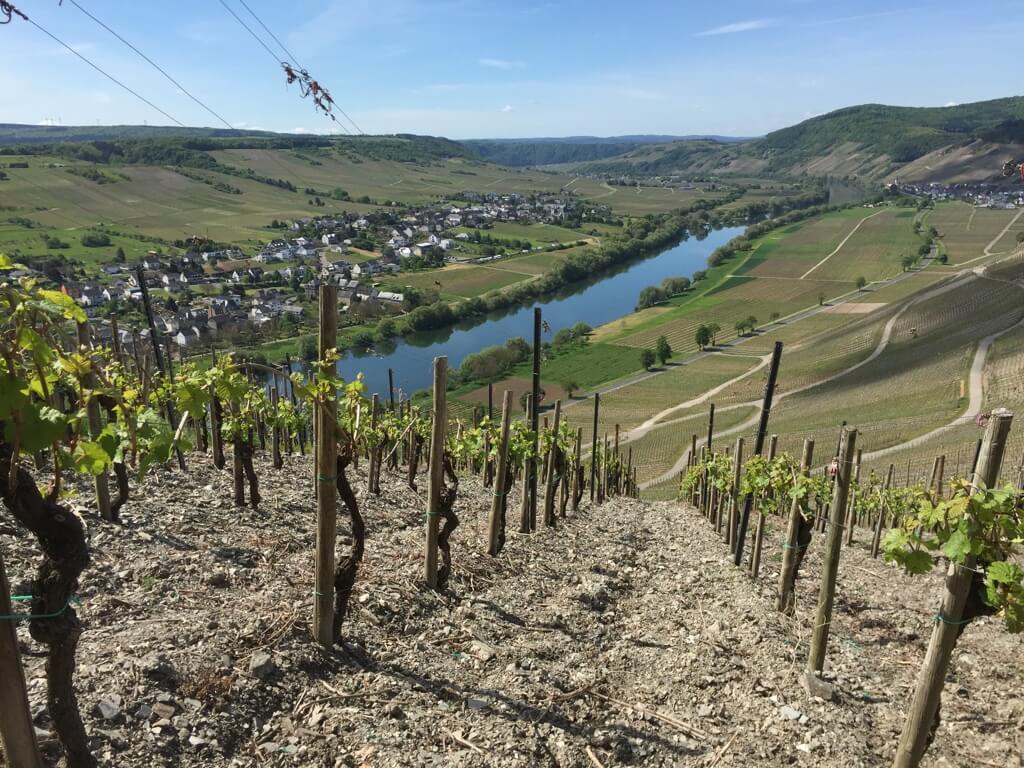
The vineyard
Here in the vineyard starts our journey, because there is the raw material for wine production - the grapes. But before the first grapes can be used to manufacture wine, there is a long way to go. Everything starts with planting the grape vine. However, these do not ripen on any area to high-quality wines, because the location with the specific climate and the soil conditions is crucial for our Moselle wine. The Moselle and other wine-growing areas in particular have a different structure, including the minerals they contain, so that the grape varieties need specific soil in order to grow well. This is an essential factor and also a reason why not everywhere wine can be planted. So it is said that the grapevine is the mouthpiece of the soil, which can not be dismissed as an old fool's wisdom, but the soil and the location including climate will have a major impact on the character of the finished wines.
In addition, after the planting of the grapevine, a little patience is necessary, since the grapevines need three to five years, according to the type of wine, until they have their full grape yield and can be used completely for wine production. Nowadays, flat and steep slopes are usually planted with a tractor or a caterpillar, including a wire rod, which is placed next to the vine in the soil so that it will stop growing. In addition, a cardboard tube is usually placed over the plant, so that it is protected from the gnawing by game or other animals. This is only necessary for the beginning until the wood of the vine is strong enough.
The work in the vineyard
Even in the growth phase, a comprehensive care of the vines in terms of foliage and soil work is needed. After the grapevine has reached its desired degree of maturity, the traditional work, transferred to the vineyard. Because in addition to the harvest of grapes in the fall, many jobs are incurred year-round, which are ultimately important for the preservation of healthy grapes and only in the end an attractive Mosel wine can arise. An overview of what works in the vineyard can be found in the following section.
Pruning
Let's start the wine year in January. Here the vines are cut in the vineyard. The old wood is removed and at the same time it is determined how many "eyes", that is to say shoots on which later sprout new flowers, the vine should have. This is important for the later quality of the wine. Due to a high number of shoots, the yield in the vineyard increases. However, this also leads to a declining quality of the grapes, since the individual vine must distribute its nutrients to many grapes. Here, a good mix between yield and quality must be found in order to obtain sufficient and high-quality wine from the Moselle.
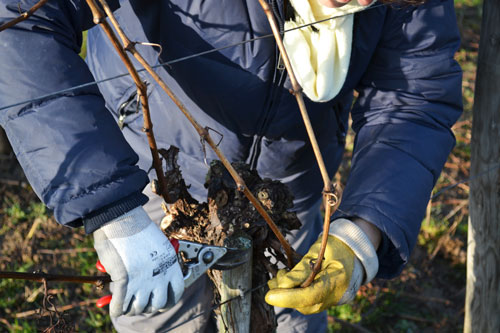
Bending and binding
When removing the old wood in the vine usually two vines are selected, which remain. These form the basis for new growth. The bending and binding of these vines is necessary to achieve an even distribution of the shoots on the vine. The grapevine is brought into shape, so to speak, so that a good further processing can take place at a later date, when flowers and leaves are fully grown. In addition, tethering provides tremendous stability and protects against windy weather. A classic form, which can be found on the Moselle from March to April inclusive, is the curved heart-shaped vine.
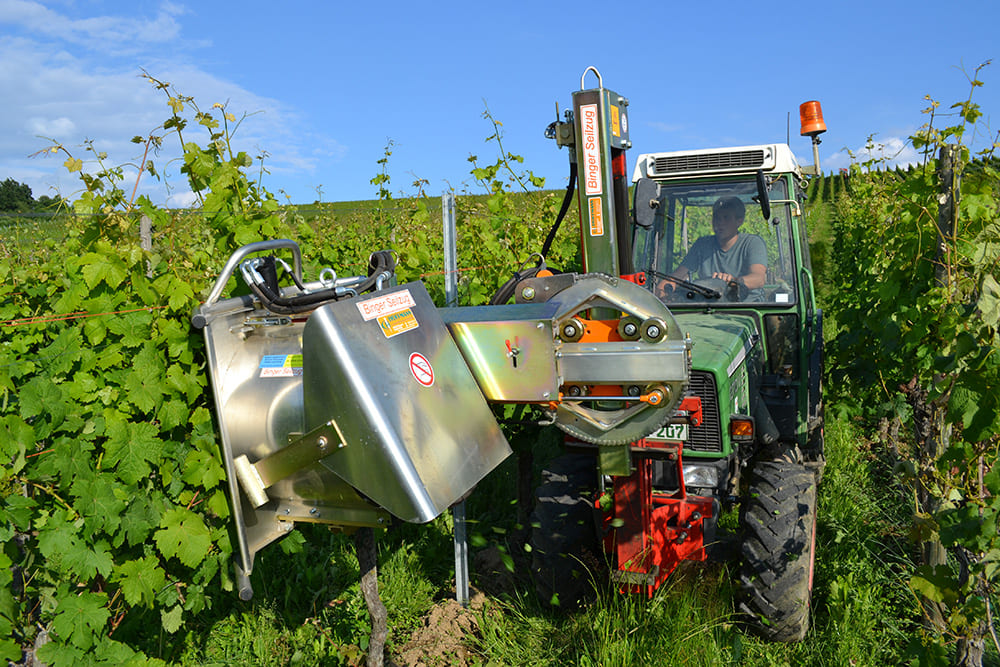
Soil tillage
In addition to the pruning and tying, so the direct work on the vine, also the tillage in the vineyard for the wine production is important. This is mainly about the loosening of the soil in the vineyard, which can be achieved by tools such as the cultivator. This is good on the one hand to aerate the soil and also the weeds are mulched, so that the water is not the weeds, but directly to the grapevine.
Canopy management
After the sprouting of the grapevine took place at the end of April / beginning of May and in the meantime several measures concerning the plant protection were made, the foliage work starts from June to August. Especially in this warm time sprouts of the vine sprout on the Mosel and must be trimmed and tied so as not to break off. In addition, the foliage wall in the vineyard must be processed. For better ventilation of the vine, the leaves are partially removed. This is important so that the young grapes can dry quickly after a rainstorm and do not start to rot. In addition, a slightly air permeable, open foliage wall also reaches a higher sun intensity, as the grapes can be better reached by the sun. All these factors are important because these little things often distinguish a mid-range wine from a high-class Mosel wine. The sum of all these small differences will ultimately make a difference in taste.
The grape harvest
Of course, the grapes must first be harvested before they can be made into wine. After the work that took place all year in the vineyard on the Mosel, this is now the most exciting time for us winemakers, since now the result of this work can be considered and shows whether weather, processing and adjusting the timing of the Grape harvest leads to a high-quality Moselle wine.
The grape harvest takes place in the autumn and usually runs from late September to mid or late October. In recent years, harvesting has often started already at the end of August, as the changing climate and increasingly high temperature are having a strong impact on the growth of the grapes. When harvested depends not only on the weather, but also on the wine grape variety, because, for example, the grape variety Riesling requires a longer maturation period than the Pinot Blanc and only then achieves high must weights. The Riesling, for example, usually hangs longest in the vineyard and is harvested at the very end.
Picking the grapes from the vineyard is not only the most exciting time of the year for a winemaker, but also the most exhausting time, because the grapes do not have any working hours, so a 12-hour day is not uncommon here. What such a day can look like, we would like to briefly outline:
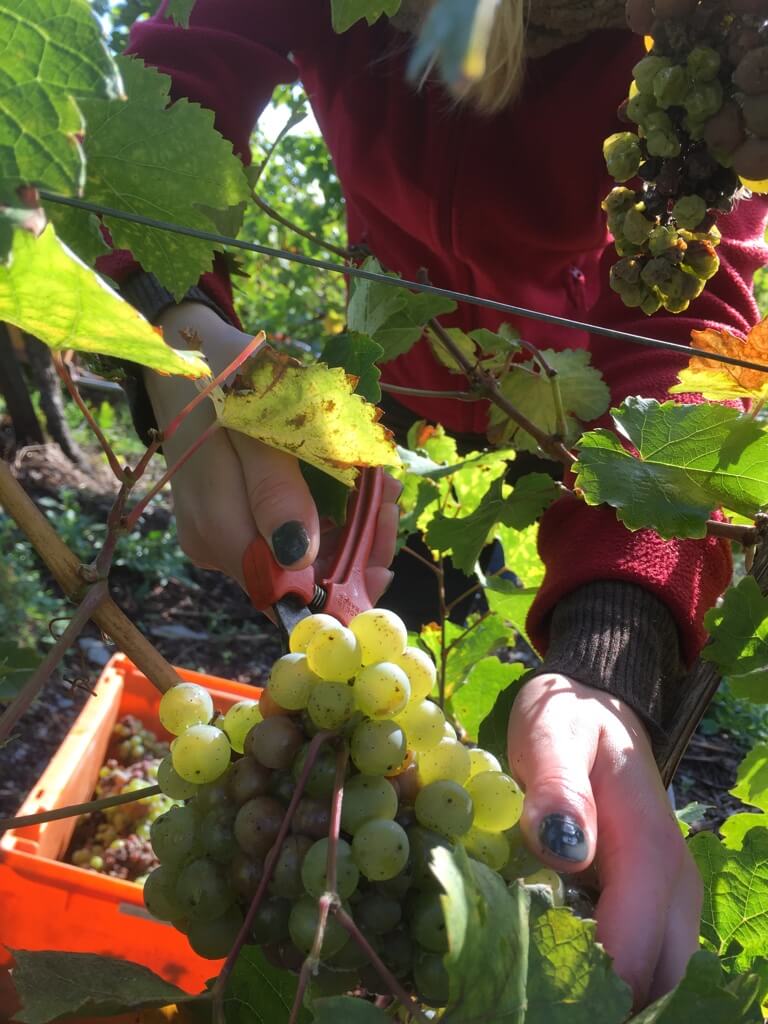
Everything starts at dawn with the preparation of grape picking for a particular vineyard. The scissors to cut the grapes from the sticks are sharpened, the boxes in which the grapes are collected, come on the trailer, which hangs on the tractor. In addition, food for the whole family, which usually has to tackle, and all harvest workers are packed.
As far as provisions are concerned, it is important to say that nowadays hardly any wine is drunk during grape harvesting, because concentration with the tractor and machines is essential. After the preparations have been made and all the helpers have gathered, the train, which consists of tractor with grape wagon, in which all grapes are collected and additional trailer, in which boxes and helpers are housed, moves from the yard of our winery.
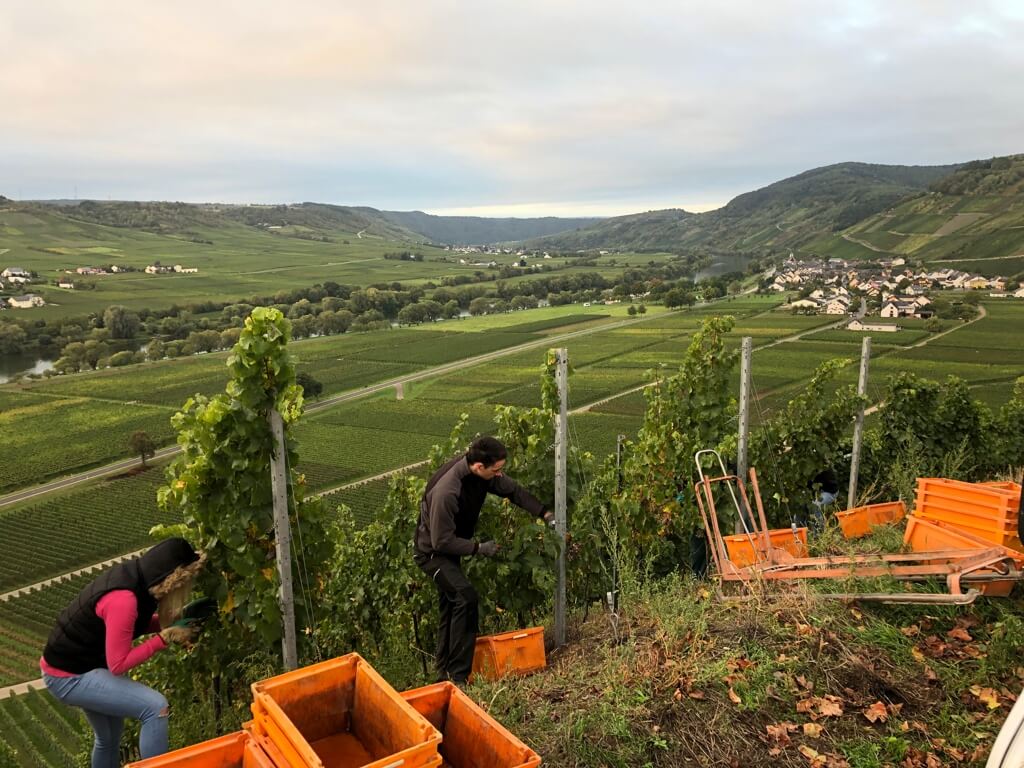
Once in the vineyard, you can start reading the grapes for our Moselle wine. The vineyard, which consists of many long juxtaposed rows in which each of the vines are arranged one behind the other, is processed per row with two people. These harvest the grapes from both sides of the line and throw them into their boxes. With a winch, the full boxes are then pulled up out of the row to the tractor and tipped by hand into the grape wagon.
Some years ago, every grape at the Moselle was picked by hand. Things look different nowadays, because especially in the flat position, there are machines that take over the harvest. The so-called harvesters are now technically so well developed that they pick the grapes or shake gently from the stems in the vineyard and no manual labor is needed. This option saves the winemaker a lot of work and is being used more and more frequently. However, since the Moselle has many steep slopes, the application possibilities are currently limited. However, there are already the first harvesters, which are developed for the steep slope.
Whether with harvester or by hand picking, after the grapes arrive at our winery, they are processed directly and the day for the winemaker is far from over.
In the winepress house, the grapes are first pumped from the grape wagon into the winepress. Here arises the so-called mash, from which later becomes the Moselle wine. The winepress gently presses the juice from the grapes over several hours and picks up the must in a container. From this container, the must, which still contains Trubstoffe, pumped to the next processing step via a hose in the wine cellar.
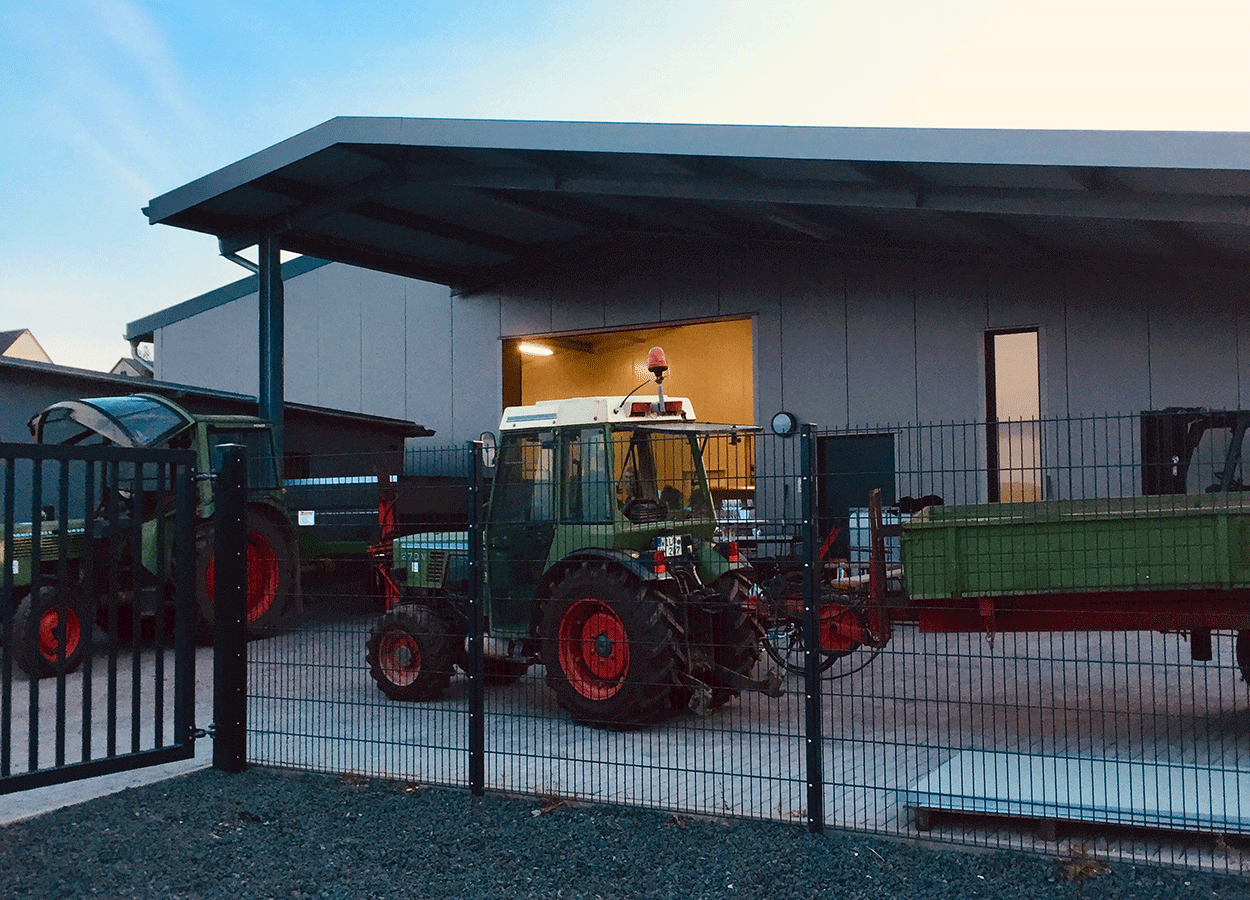
The processing of the must in the press house
Here is the Mosel wine and starts with the fermentation. This converts the sugar into alcohol and turns the must into wine. It is important to let the fermentation process go slowly but steadily, because so many flavours can be stored and this is reflected in the finished Mosel wine. For this reason, it is cooled, which slows down fermentation. If the fermenting wine were too warm, too much CO2 would be produced, which escapes from the tank and releases the flavours, which should, however, be preserved for the wine.
If in the course of this process, the Moselwein has reached the desired residual sugar content, the fermentation can be stopped by increased cooling or by filtration. Following this, the wine is treated with sulfur to prevent oxidation or re-tarnishing. After a new filtration our Moselwein is then ready to fill. The bottling usually takes place in spring on our winery with its own filling line. After that, the wines are ready for tasting and for sale.

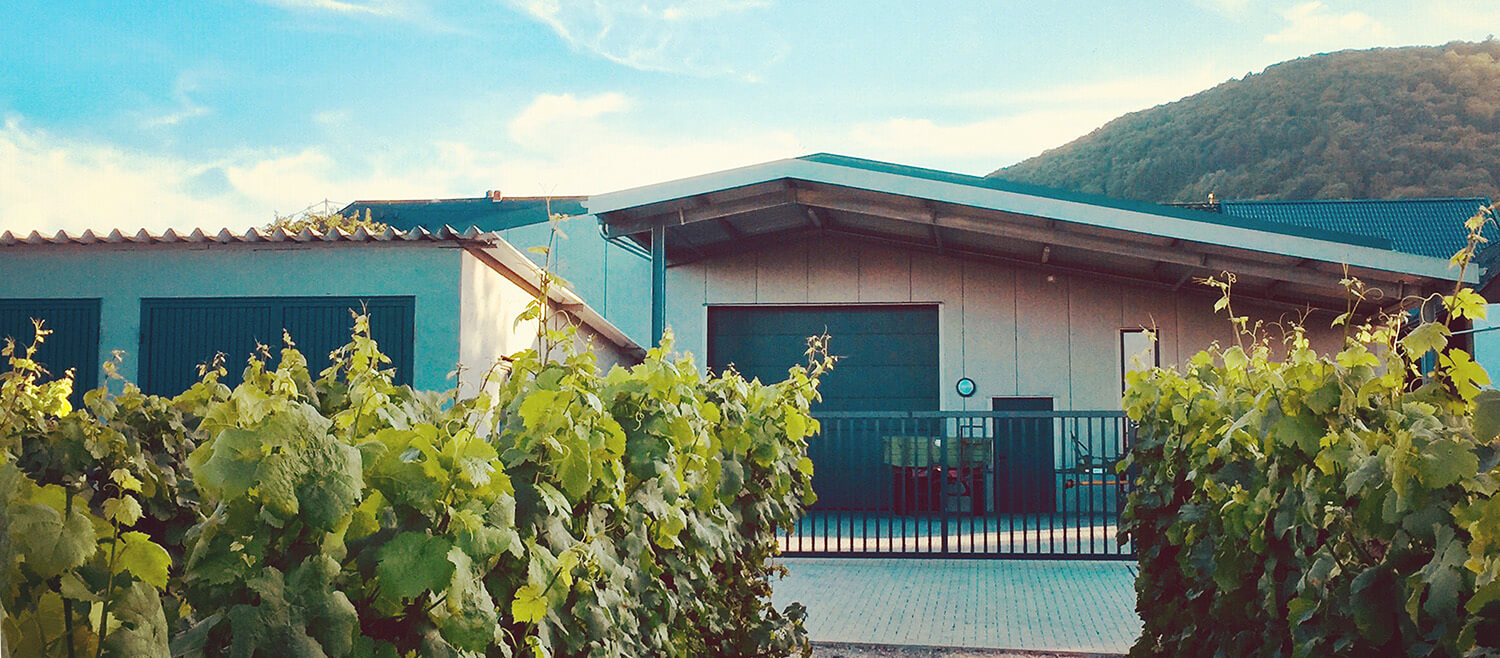
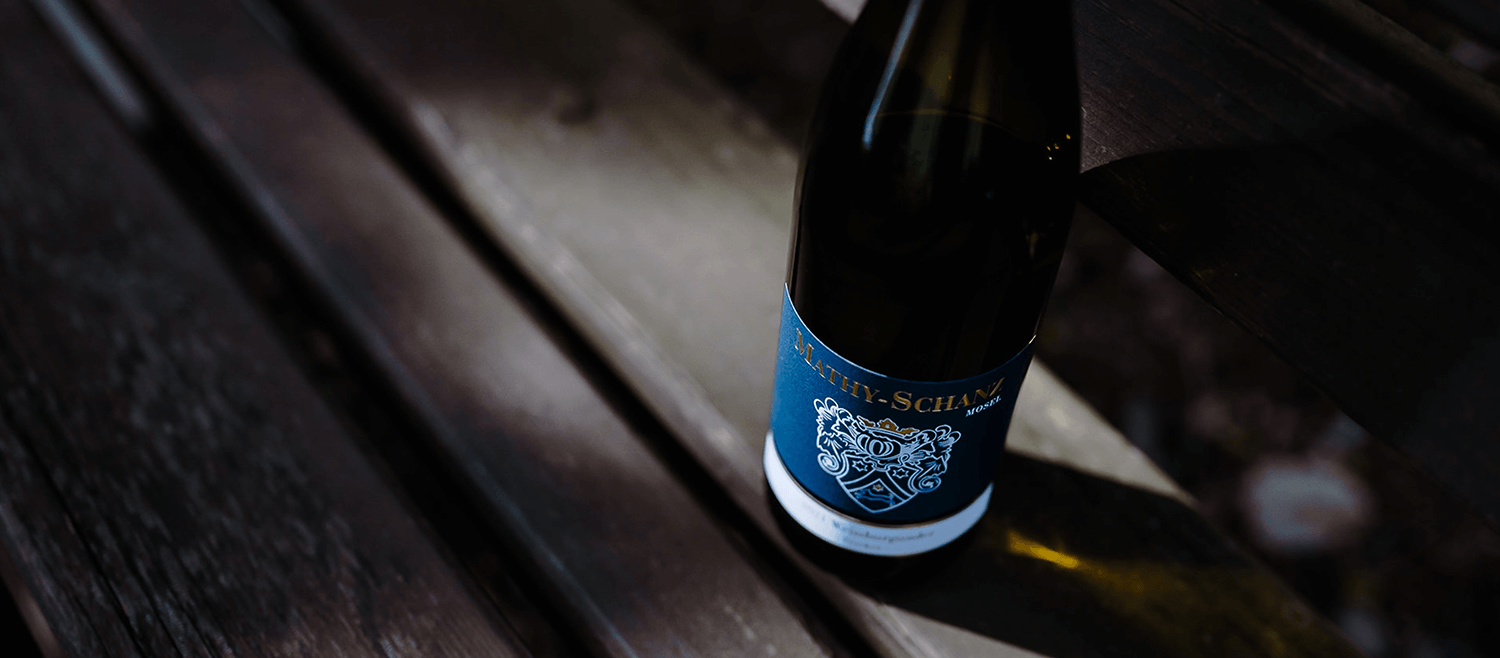

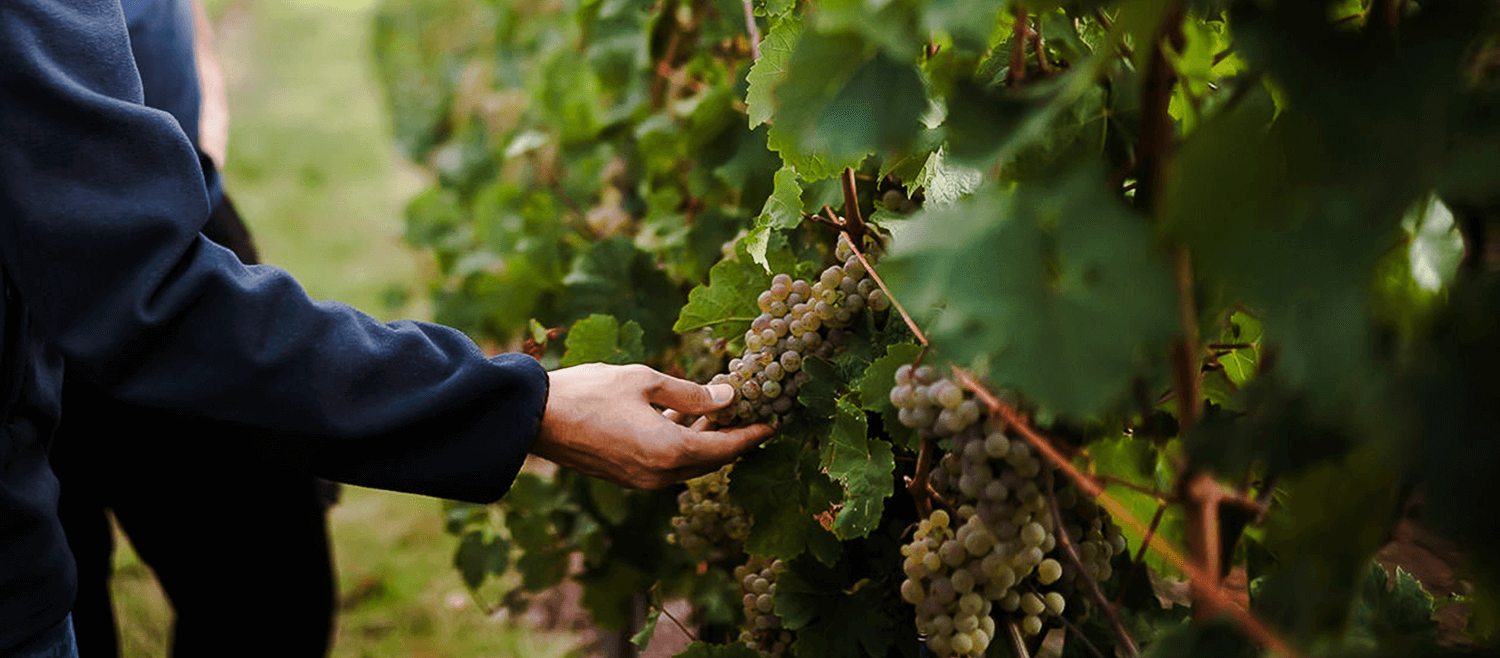
.jpg?ts=1728313977)